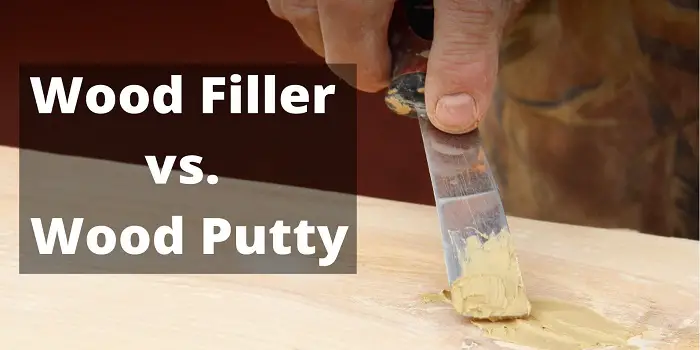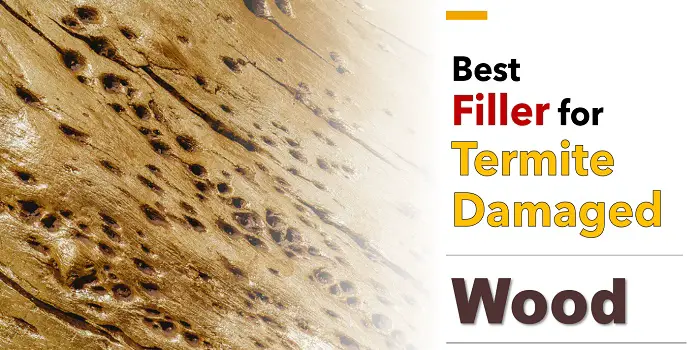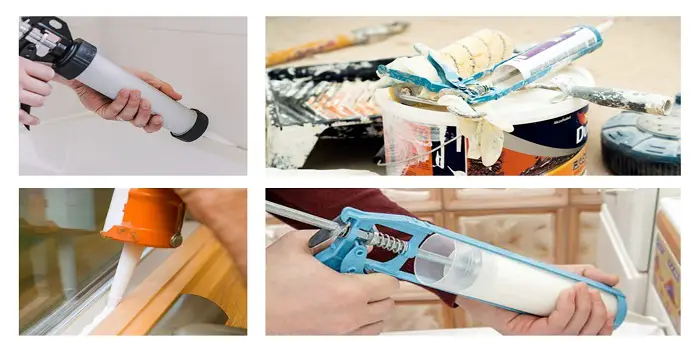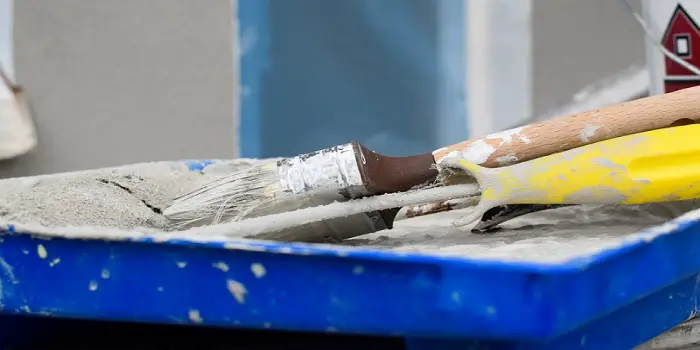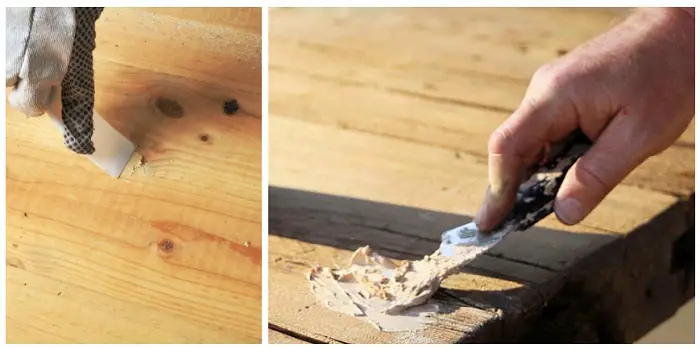
Polyester resin is a kind of waterproofing synthetic resin product widely used for purposes where water is the problem.
Presently there are also wood fillers made from poly resin that come with poly resin advantages and can be used as an all-purpose filler for wood and other surfaces such as fiberglass, metal, cement, stucco, and others.
Two-part polyester filler can generally be used as a surfacing compound that allows you to fill screw/nail holes in wood along with any shallow scratches, usually prepping before finishing the surface with paint or stain.
What's Here in the Article:
Repairing Wood with Polyester Filler
If your wood is rotted, you’ll need to take action to repair it as soon as possible before you can refinish it.
Rotted wood is unsightly and can cause structural problems if left untreated. Polyester filler is a great way to repair rotted wood. It’s easy to use and will make your wood look new again.
Here’s how to repair rotted wood with polyester filler:
Step 1. Remove any loose or flaking wood from the area you’ll be repairing. Use a chisel or putty knife to scrape away any rotted wood. Be sure to remove all of the rotted wood, as any remaining bits will only continue to rot.
Step 2. Mix the polyester filler according to the manufacturer’s instructions.
Step 3. Apply the filler to the rotted area using a putty knife or similar tool. Smooth it out so that it’s level with the surrounding wood.
Step 4. Allow the filler to dry completely. This may take several hours or even a day, depending on the type of filler you used.
Step 5. Once the filler is dry, sand it down so that it’s flush with the surrounding wood. Use fine-grit sandpaper for best results.
Step 6. Finish up by staining or painting the repaired area to match the rest of the wood. Your rotted wood will now be repaired and look as good as new.
When filling the holes, dents, or scratches with a two-part polyester wood filler, keep in mind that it can shrink slightly when it dries. So, it’s recommended that you should overfill the holes a bit. If the gaps or voids are larger, consider applying 2 to 3 additional coats of polyester filler once the first filler coat dries.
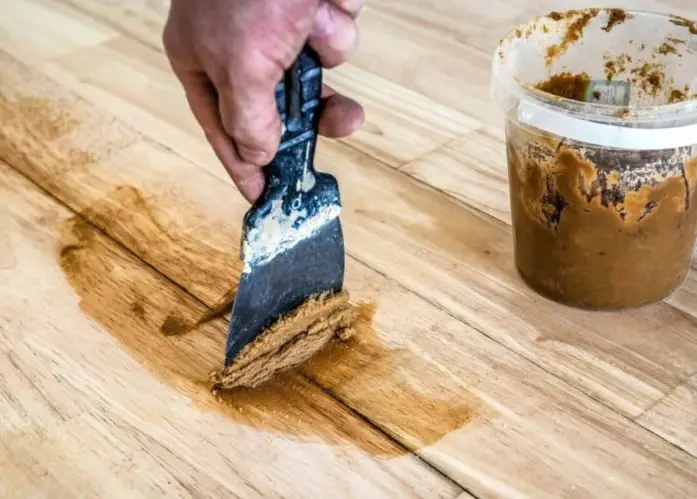
Polyester Filler – Advantages & Disadvantages
Like any other product in the market, poly wood fillers come with benefits along with certain drawbacks.
The key advantage of using polyester filler (rather than putty) is it dries very hard, which makes sanding the wood pretty easy. This also means that you can match your surface very well with the other surrounding surfaces.
Polyester filler is also non-toxic after it has dried and cured well on the surface. The dust produced when the wood is dry-sanded is also non-toxic and less harmful than other products.
But keep in mind that if you sand the freshly repaired surface without allowing enough time to cure the filler, it can be irritating to the eyes, skin, and lungs because of the release of VOCs.
Polyester wood filler is also water-resistant and can be used in places where water damage or wood rotting is a problem. But do not expect them to be a hundred percent waterproof.
Along with the pros, there are certain cons you should be aware of. These include:
- Comes with a high embodied energy
- It can be difficult to recycle and dispose of
- It’s a petrochemical substance that can be harmful to the environment and living beings
Is Polyester Wood Filler the Same As Epoxy Filler?
Although both are excellent to use as a filling agent, epoxy being more flexible, is a better product for filling wood surfaces. Also, it adheres better than polyester-based wood filler products.
So, if you want a wood filler compound that does adhere well and is also stable and strong, epoxy should be your priority.
However, if you do not find the product available or want a cheaper alternative, the polyester filler can get the job done pretty well. But keep in mind that these will be less durable and can come off fast if you are using them on wood.
Composition and Application
Made with polyester resins, polyester wood filler is typically a two-part system that includes a resin and a hardener. Epoxy filler is however made with epoxy resins. It is also a two-part system, but the resin and hardener are chemically different from polyester.
Polyester wood filler is used for filling holes, cracks, and imperfections in wood. It tends to set and dry faster compared to epoxy and can be sanded easily once dry. While epoxy filler can also be used for similar tasks, it is better for filling larger gaps or for use in areas that require a high-strength bond. Its also more costly due to its stronger properties.
Share the post "What is Polyester Filler – Uses With Pros and Cons"

Douglas Becker (aka Painter Doug) has over twenty years of experience as a painter in Adkins, Texas. At present, he resides in Florida with his family.
From painting multi-storeyed houses, condos, and apartments to large commercial buildings and small offices, he had served various customers in areas not only in Adkins but also in Southwest Florida, Sarasota, Naples, and many more. To know more about him check here.

